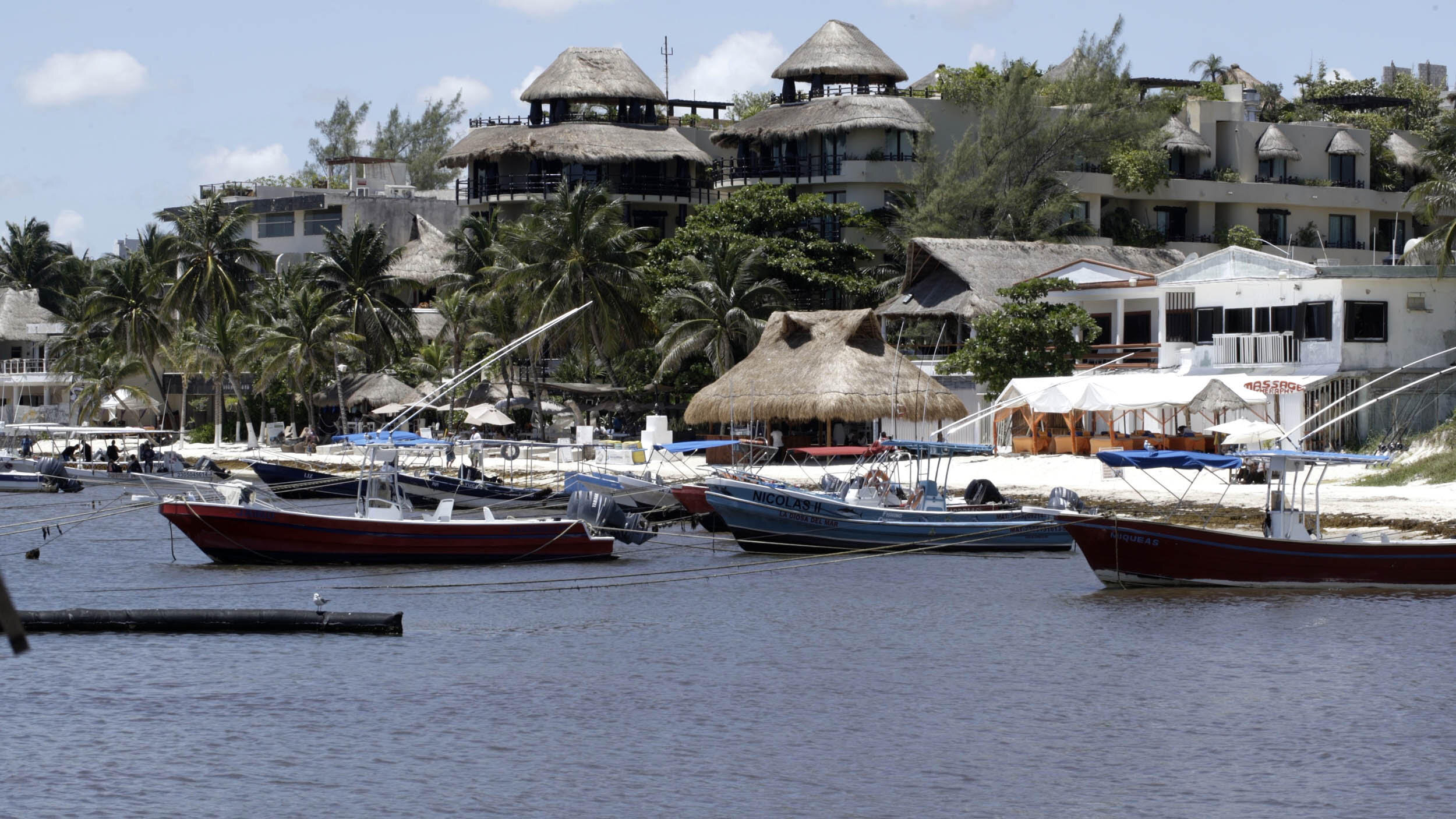PLAYA DEL CARMEN
Playa del Carmen is a city in the Mexican Caribbean 68km south from Cancun in the Mexican state of Quintana Roo. Washed by turquoise warm Caribbean waters boasts beautiful coral reefs nearby and seasonal aggregations of whale sharks to the north and bull sharks just meters off the beach.
Project overview:
The avavilbility of sharks in shallow clear waters allows for optimal research conditions allowing easy and reliable identification of individuals. In recent years. many pregnant bull sharks females (Carcharhinus leucas) have been seen and are believed to migrate to the shallow waters off Playa del Carmen. Sharks stay in these waters from November to March when water temperature drop below 26 °C (70.8 °F).
We are carrying out different studies at Playa del Carmen with the following overarching goals:
- Understand movement patterns and residency of bull sharks using acoustic and satellite telemetry
- Examine reproductive status using an innovative method that allows the simultaneous detection of reproductive steroid hormones from muscle biopsies/ and or blood samples
- Understand bull shark reproduction, gestation, and timing of birth using ultrasound to observe baby bull sharks using an intrauterine tag.
Activities:
1. Ultrasonic tagging. We affix ultrasonic transmitters on different species of sharks. We use ultrasonic tags, which emit a specific code that is recorded by acoustic receivers (listening stations). The transmitters are placed externally in the base of the dorsal fin with a Hawaiian sling used for spearfishing by SCUBA or free divers. Transmitters are also put internally in the intraperitoneal cavity through capture and incision.
2. Listening stations. The stations consist of an underwater receiver VR2W (Vemco Ltd) that records acoustic pulses from the ultrasonic tags in a maximum range of 500 m. The stations are placed at depths between 20 and 40 meters at shark aggregation sites and cleaning stations in the atoll. We have several listening stations distributed in the Mexican Caribbean.
3. Satellite tagging. Satellite transmitters are designed to track the large-scale movements and behavior of fish and sharks. These transmitters are equipped with light, temperature, depth and accelerometer sensors, that either archives data in an on-board memory or transmits during deployment. We are deploying satellite transmitters in bull sharks.
4. Analysis of steroid hormone concentration. Reproductive hormones directly correlate with morphological changes within the reproductive tract, specifically at maturation and during reproductive cycles.
5. Ultrasound imaging is used as a non-lethal technique and recently it has become small and portable.
6. Tags are inserted into the uterus of a pregnant female shark. After being ejected with the pups, the transmits a location to a passing satellite.
Other institutions participating in this Project:
- Saving Our Sharks, A.C.
Species under investigation:
Bull shark (Carcharhinus leucas)


